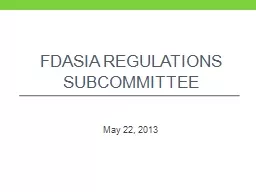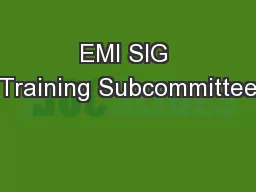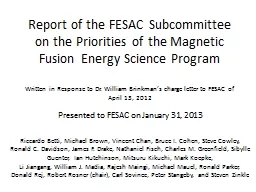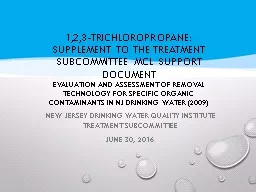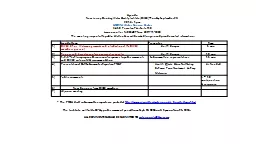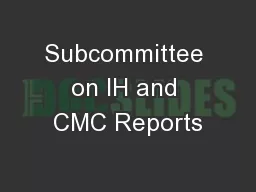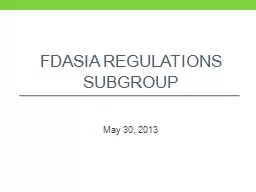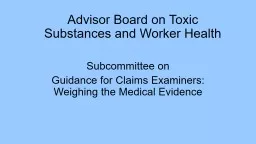PPT-FDASIA Regulations Subcommittee
Author : alexa-scheidler | Published Date : 2018-12-13
May 22 2013 Agenda 400 pm Call to Order MacKenzie Robertson Office of the National Coordinator for Health Information Technology 405 pm Opening Remarks Brad
Presentation Embed Code
Download Presentation
Download Presentation The PPT/PDF document "FDASIA Regulations Subcommittee" is the property of its rightful owner. Permission is granted to download and print the materials on this website for personal, non-commercial use only, and to display it on your personal computer provided you do not modify the materials and that you retain all copyright notices contained in the materials. By downloading content from our website, you accept the terms of this agreement.
FDASIA Regulations Subcommittee: Transcript
Download Rules Of Document
"FDASIA Regulations Subcommittee"The content belongs to its owner. You may download and print it for personal use, without modification, and keep all copyright notices. By downloading, you agree to these terms.
Related Documents

